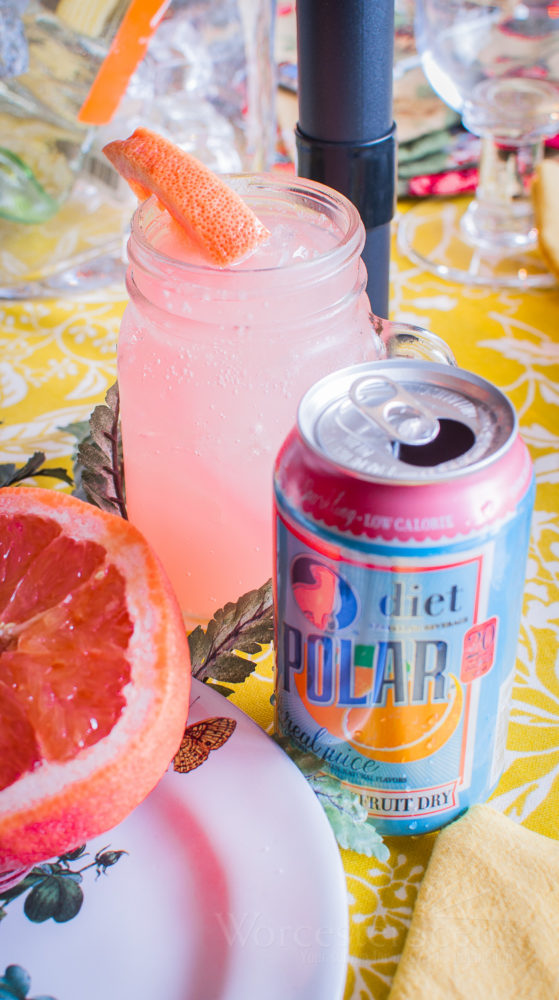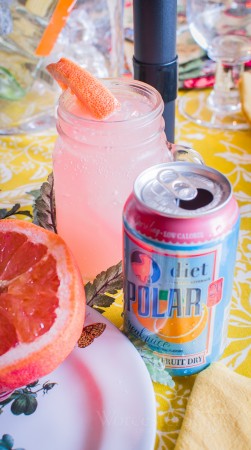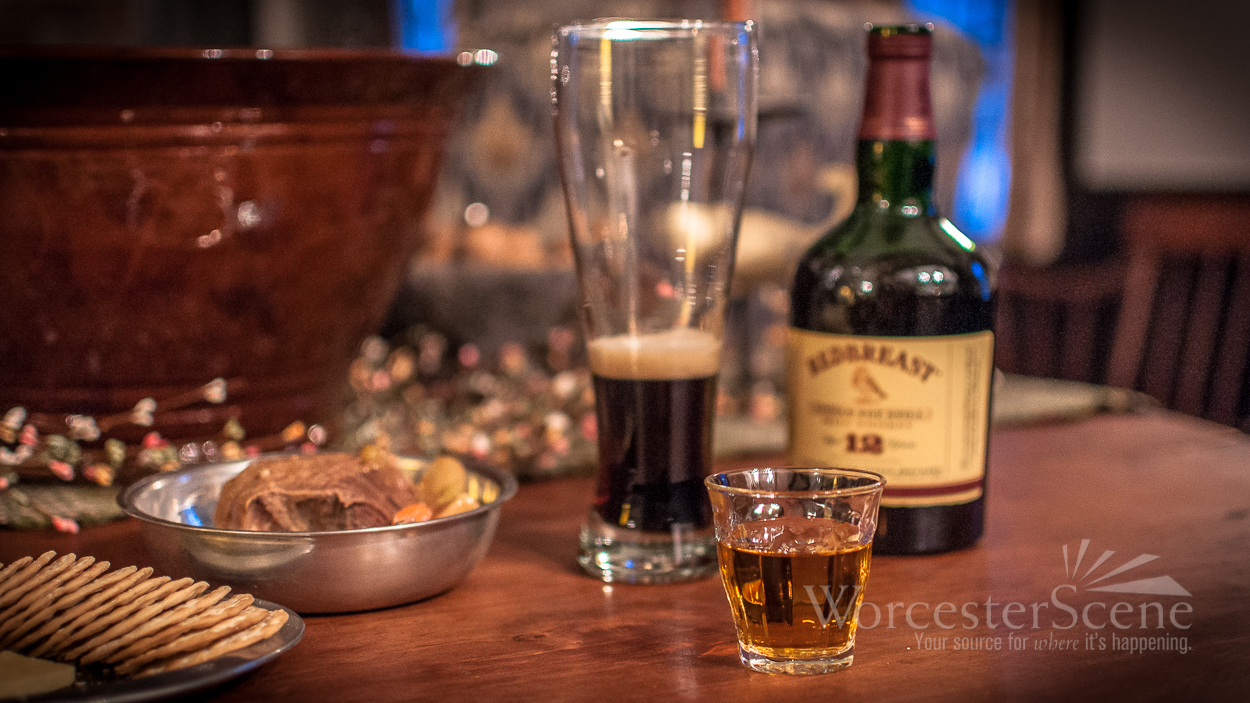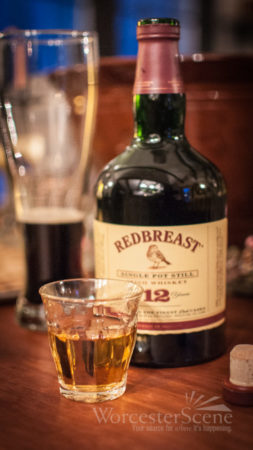
As a kid I could make it over to my Grandmother Cecilia’s house in roughly 2 minutes, if I ran fast enough. I would go to the end of our back yard, travel through the neighbor’s yard, make my way through a parking lot and end up walking through a path to make it on to her property. At that age, I could really turn a 2 minute walk into an adventure with a little imagination. When I would get to her house and walk in the front door, the long hallway would inevitably lead me in to her first floor apartment. There she would always be cooking up some sort of Polish food, with flour covering the kitchen table at all times. She would have dough rolled out ready to be stuffed with cheese or cabbage, and then formed into perfect little Pierogis. Another thing I remember about her house was that I could always go into the pantry and get myself a can of Polar Orange Dry. For some reason, she always had Orange Dry on hand. And to this day, anytime I have some, it instantly transports me back to her house.

So what does all of this have to do with cocktails or spirits you ask? Well, recently, Polar Beverages announced the launch of a new beverage called Grapefruit Dry. As soon as I heard this, it reminded me of being a kid at my grandmother’s house. With it being the summer and all, it gave me a great idea to use it in a cocktail. I figure it would be a perfect refreshment on a hot summer day. With that being said, I also did not want it to be too sweet. The first thing to do was try the Polar Pink Grapefruit Dry and I was able to find some at the local supermarket. Along with the grapefruit dry, I also went by the produce and fruit aisle and found some nice ruby red grapefruits. If you really wanted to get ambitious, this would be a great spot to make your own grapefruit shrub. Alas, I was on a mission.
The next ingredients on the list were the alcohol. For this, I didn’t want anything too strong, but it needed to balance out the sweetness in the Polar Grapefruit Dry. Thinking back on a recent article that I wrote, I figured Aperol would be the perfect choice here. The Aperol is only 20 proof, however, it has that bitterness that will cut through the sweetness of the drink. You can spin off many variations of this cocktail, such as adding gin, or even adding some white wine for a spritz. The idea here was to keep it simple so I could enjoy the rest of the beautiful, sunny afternoon by the lake.
To mix the cocktail, simply measure 2 oz. of Aperol, a squeeze of fresh grapefruit, and lots of ice. Add these to the shaker tin and mix it up. Pour into a tall Collins glass and top with the Polar Grapefruit Dry. Garnish with some grapefruit wedge if you like. I didn’t have any on hand at the time, but a couple dashes of grapefruit bitters would also do wonders here. The cocktail was perfect. It was well balanced and refreshing, just as I had hoped. The final step in the creation of this cocktail, other than enjoying it, was to come up with a name. I remembered reading the press release about the beverage and some interesting facts about Polar. It turns out that Polar Beverages was started by a local bartender named Dennis Crowley. Apparently he was making his own whiskey in the area and then Prohibition hit. So, he did what most resourceful barkeeps do and reinvented himself. He began making his own tonics instead, and Polar Beverages was born in 1934. This is a story that I had no idea about until I read this presser. However, it’s something can really get behind and relate to. As a bartender, I was always tinkering with concoctions and mixtures, much like Mr. Crowley was back in the 1930’s, I’m sure. So, in honor of Mr. Crowley and bartenders everywhere, I thought this cocktail should aptly be named the Crowley’s Collins. I hope you all enjoy it as much as I did. 30 years ago, I never would have thought I would be writing about the stock of Orange Dry that Gran kept at her house. Here’s to you Gran, I miss you every day. Nastrovia!




